Sustainable Alternatives While Sailing – Quick Links
- Sustainable Alternatives While Sailing – An Introduction
- Renewable Resources – Freshwater Use
- Renewable Resources – Using Renewable Energy
- Renewable Resources – Eco-Friendly Toiletries
- Renewable Resources – Offsetting Your Carbon Footprint
- Sustainable Alternatives While Sailing FAQS
- Sustainable Alternatives While Sailing – The Move To Renewable Energy
Sustainable Alternatives While Sailing – An Introduction
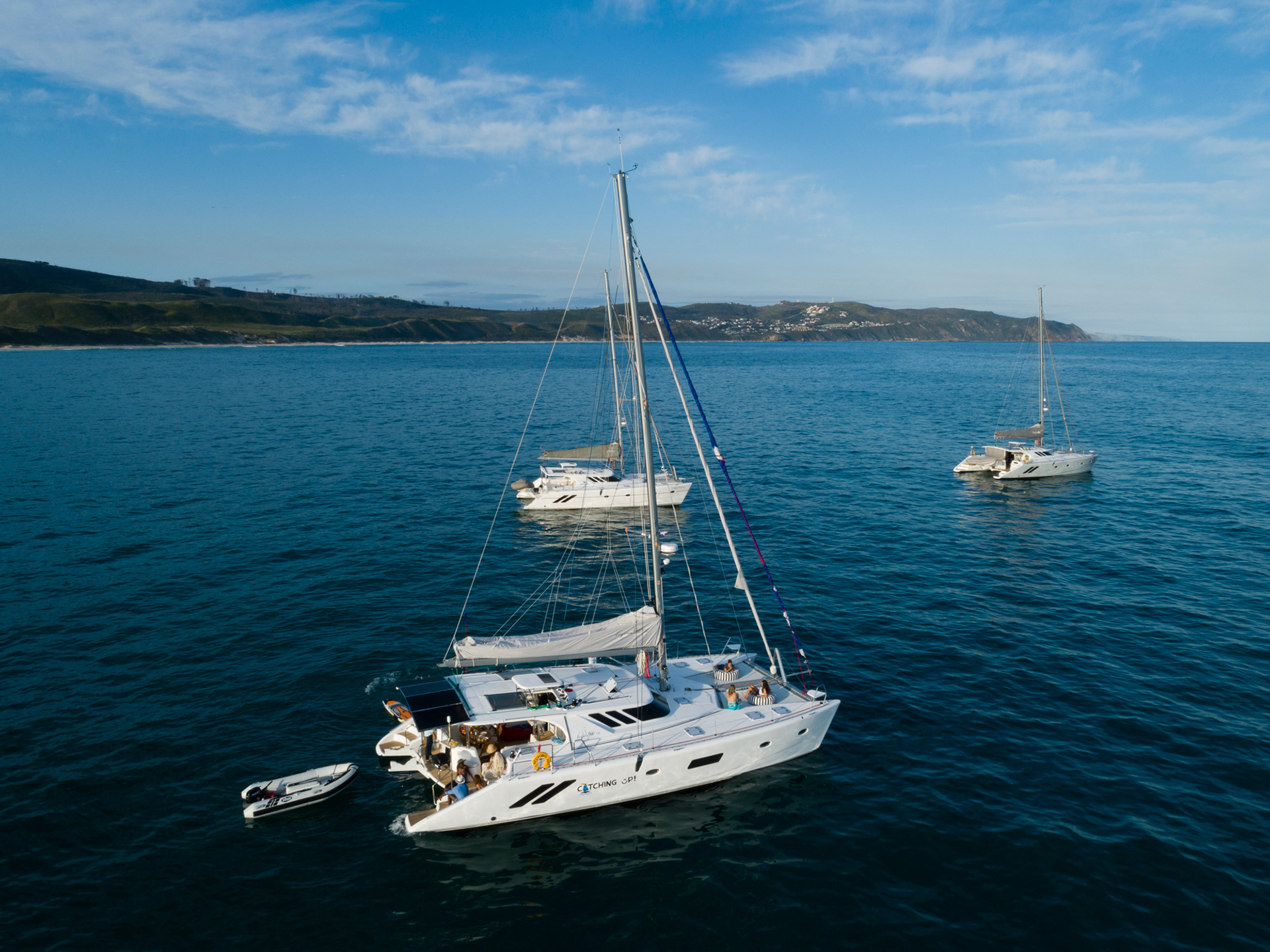
Often used as a buzzword in yachting circles for several years, the mindset around practising sustainability on the high seas has at last changed. It is not simply a trend. It is a responsibility, especially for sailors and skippers who navigate the ocean’s delicate ecosystems.
It has become the standard for today’s luxury yachts to be assembled with a focus on sustainability, but those efforts are wasted if skippers do not embody sustainability while sailing. Whether it is through conserving freshwater, harnessing renewable energy, or reducing your carbon footprint, every action is a nod to environmentalism.
Embracing sustainability also presents a unique opportunity to today’s skippers. One where they can champion a lifestyle that is not only luxurious but also low-impact and deeply respectful of the natural world.
Knysna Yacht Company prioritises sustainability in yacht building, and it has fast become one of the cornerstones of our company. While harnessing solar power is quite the obvious option in sustainability, there are several alternatives that skippers can explore to sail the world in a more eco-friendly manner.
Renewable Resources – Freshwater Use
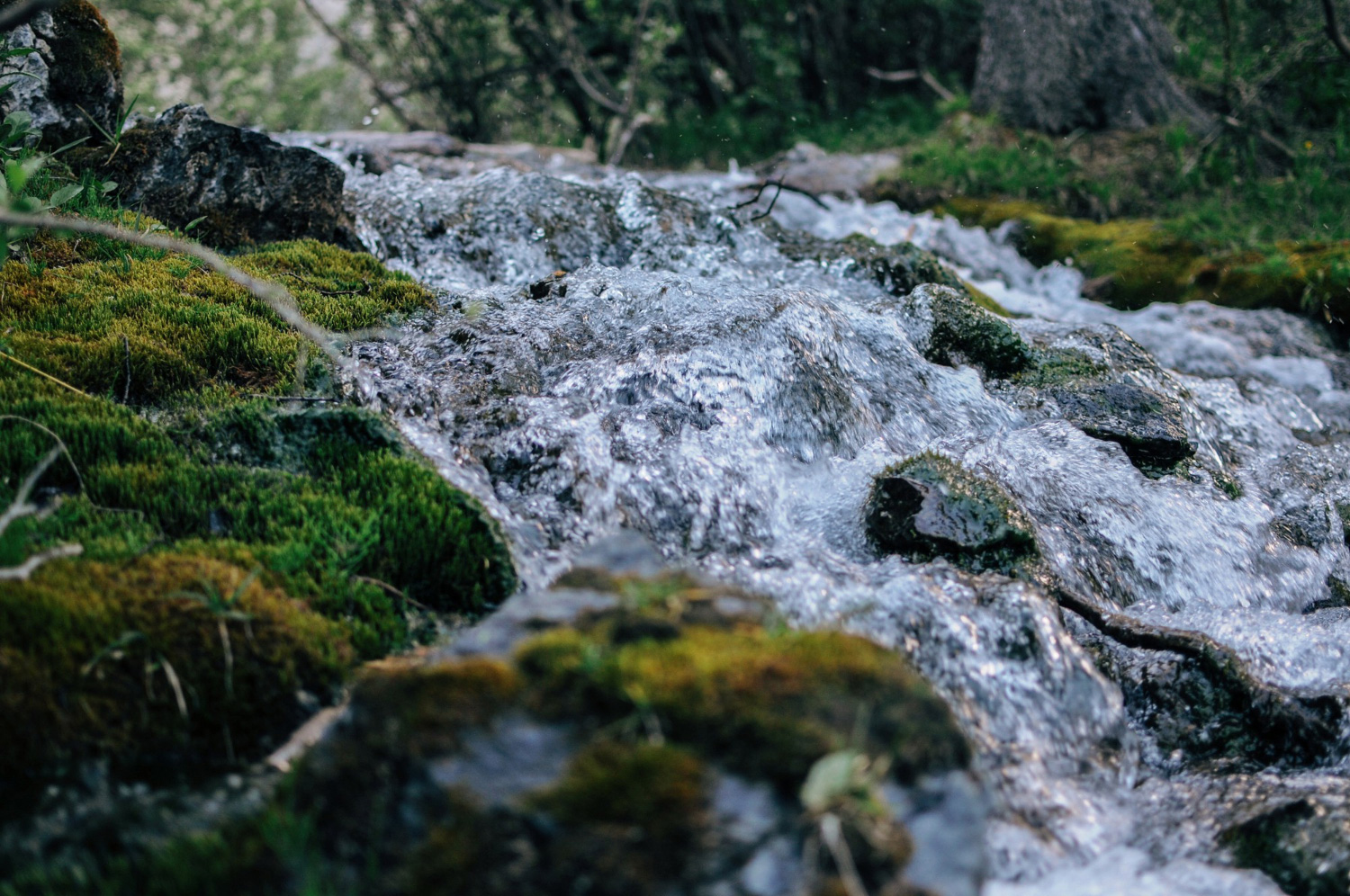
A key pillar of sustainable sailing is the effective use of freshwater. Here is why it is vital:
- Freshwater is a limited resource at sea. Which means that every drop must be managed carefully. If this is done effectively, there will be no need to resupply freshwater resources. The result? Minimal fuel use.
- Most luxury yachts are assembled with watermakers that can convert seawater into drinkable water. As convenient as this is, watermakers consume an unbelievable amount of energy. By reducing the consumption of freshwater, you lessen the demand on your watermaker system.
- Lower freshwater consumption is also linked to lower emissions. A reduction in water use leads to a reduction in energy use. This, in turn, leads to less fuel burned and fewer emissions.
These three simple measures all promote a culture of conscious consumption. It trickles down into smaller habits (like turning off taps) that inspire every member onboard to rethink how they use freshwater resources.
Renewable Resources – Using Renewable Energy
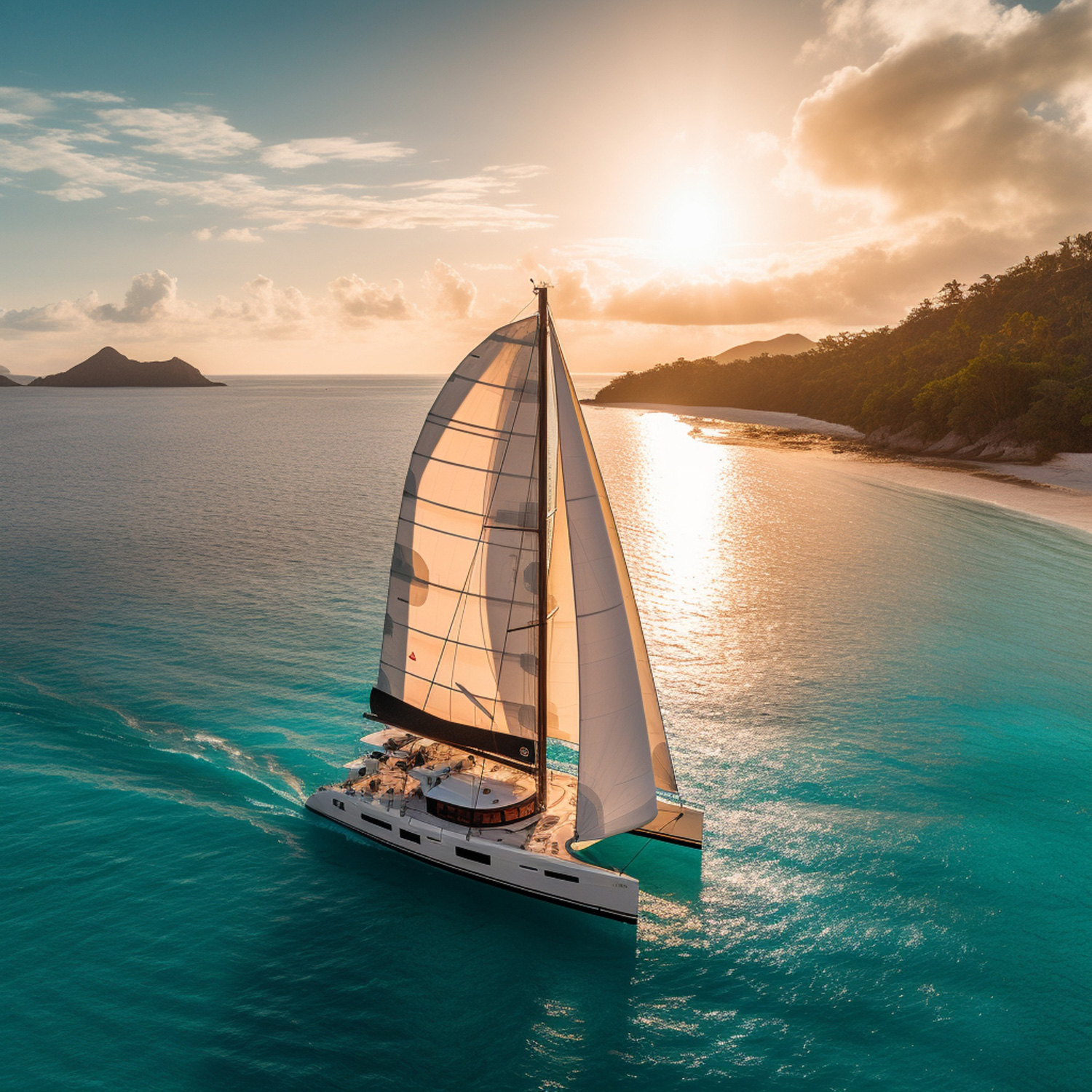
Easily the most effective way to reduce a yacht’s environmental impact is to utilise renewable energy sources. Of these, the most popular and accessible option is solar power.
Easily mounted on rooftops, they generate clean electricity to power lights, appliances, and navigation systems. Not as popular is the use of wind turbines. These sustainable alternatives are stunning for the generation of offshore or night-time power. Not only do they efficiently convert wind into electricity and feed it into the yacht’s battery bank, but they also reduce your yacht’s reliance on noisy, emission-heavy diesel generators.
An interesting alternative is regenerative propulsion (hybrid systems). More commonly found on high-end yachts, this option uses electric motors to regenerate power while under sail.
Renewable Resources – Eco-Friendly Toiletries

The significant harm that traditional personal care products cause to the environment is not mentioned enough. Their synthetic chemicals (sulfates, parabens, microbeads) do not fully break down in the marine environment, and their plastic packaging is the subject of many a documentary for conservationists.
By comparison, eco-friendly toiletries are biodegradable and most likely avoid harmful chemicals such as oxybenzone and octinoxate. Sustainability is also present in its packaging. Eco-products often use recyclable, compostable packaging to reduce your carbon footprint further.
Renewable Resources – Offsetting Your Carbon Footprint
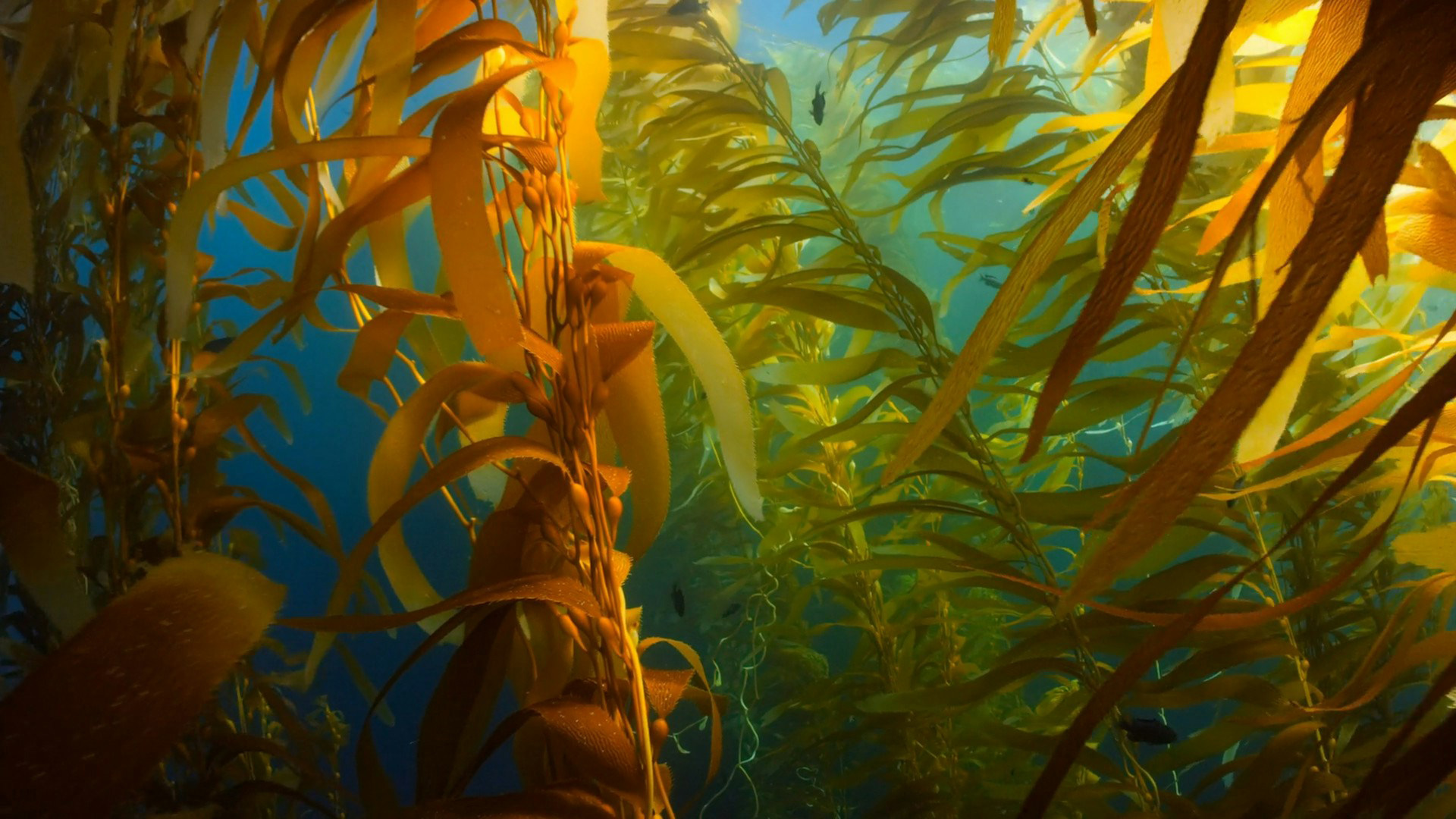
The words sustainability and creativity are not often synonymous with one another, but they can be. The general perception of sustainability is, in perfect honesty, one of a slog, and not a thrilling activity. However, it is possible to inject a healthy dose of creativity into your sustainability efforts at sea.
Consider cultivating a seaweed farm or a floating kelp garden in your efforts. It is well-known that seaweed sequesters carbon up to 5x faster than land-based forests and is an excellent alternative for supporting marine diversity. Set up a floating tray system off the stern or a modular kelp rig, especially if you navigate cooler, nutrient-rich waters. This approach is not often taken by luxury vessels and is creative and futuristic.
Sustainable Alternatives While Sailing FAQS
How Environmentally Friendly Is Sailing?
Compared to vehicles, sailing is considered very environmentally friendly, especially with its reliance on the wind.
Are There Other More Sustainable Manners Of Transportation?
There certainly are. Besides obvious ways, such as taking the train or the bus, do your best to go electric and take direct routes when flying.
Are Cruises Sustainable?
Cruise lines have progressively become more eco-friendly throughout the years. The industry (much like yachting) has made real progress with environmental commitments and new innovations.
Sustainable Alternatives While Sailing – The Move To Renewable Energy
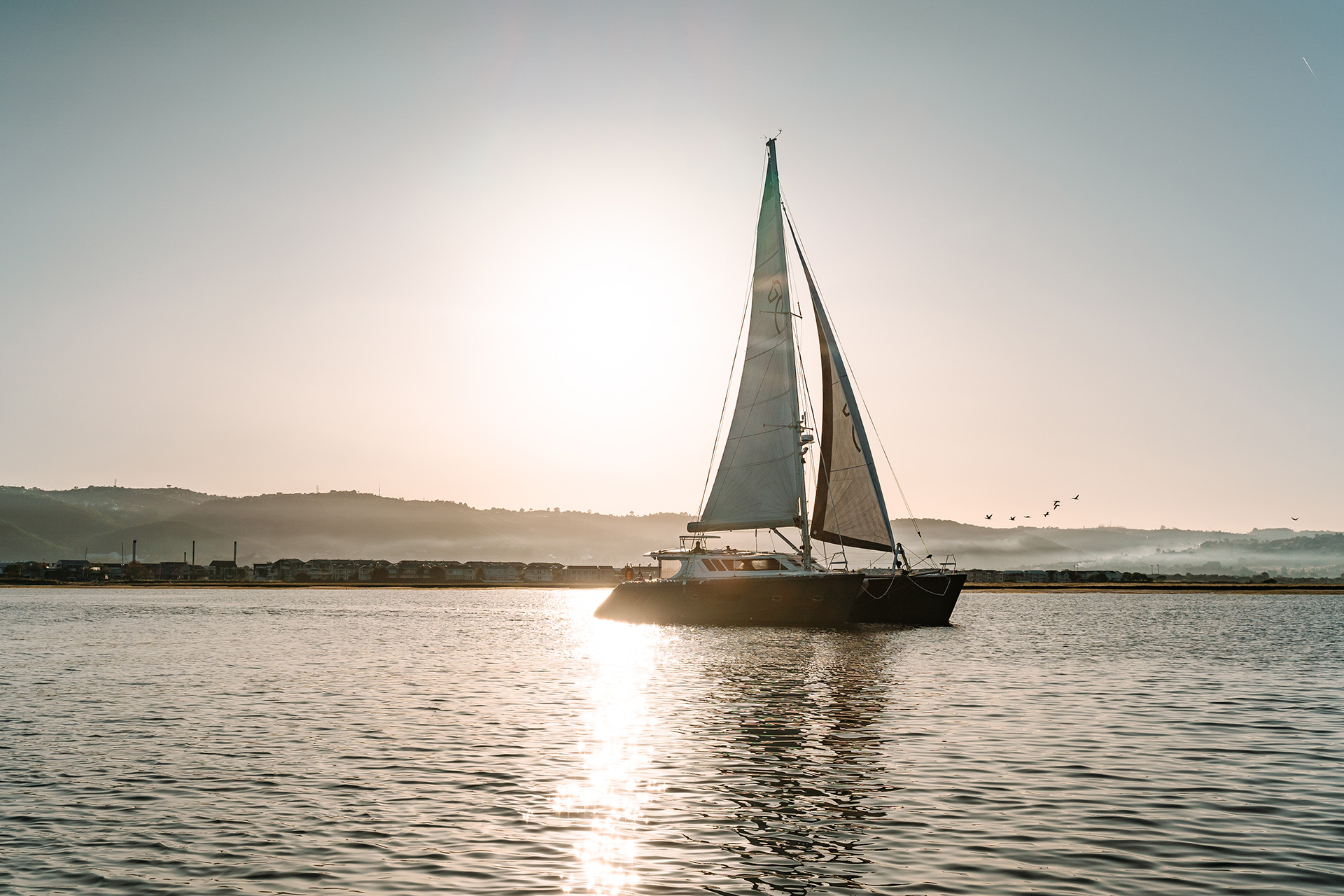
At Knysna Yacht Company, we firmly believe that exploring the globe’s most beautiful waters comes with a responsibility to protect them. Whether you’re harnessing renewable energy or embracing eco-friendly toiletries, there are more sustainable options than ever before.
This is how we redefine what luxury is in an ever-changing world. Sustainable sailing isn’t just possible, it is the future of yachting as we know it.
Contact our team online and discover more innovative ways of preserving the natural world.
